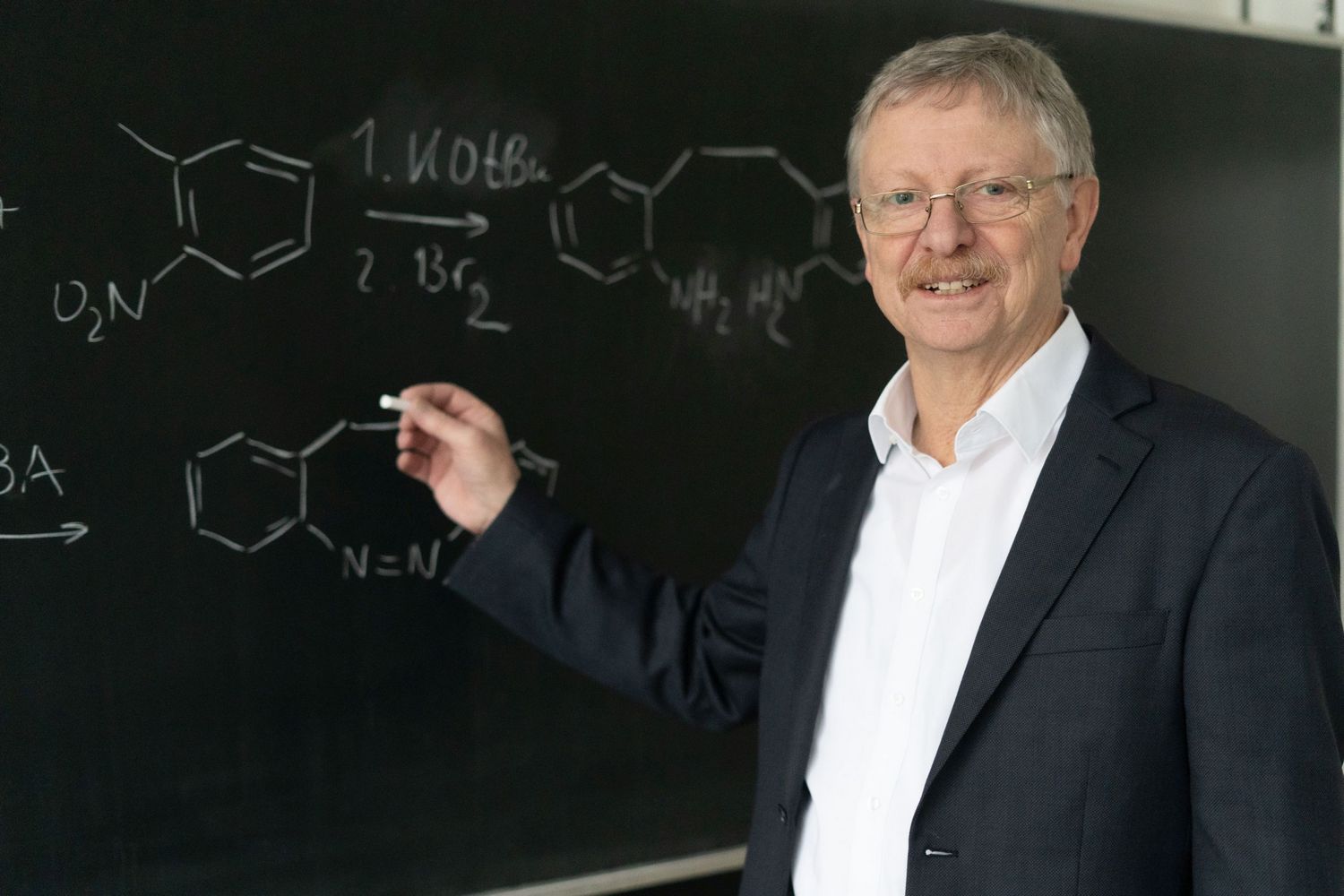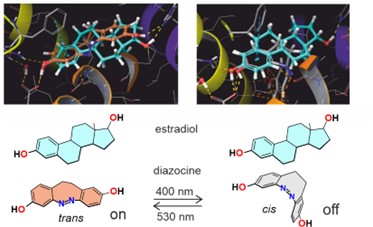
Photopharmacology
Abstrakt
Photopharmacology is an emerging field that involves the use of light to control the activity of drugs in a precise, spatiotemporal manner. By designing molecules that can change their structure or function upon exposure to specific wavelengths of light, we can activate or deactivate drugs at targeted locations and times. This allows for more controlled therapeutic effects, reducing side effects and enhancing efficacy.
The design of a photoactivatable active drug is usually based on a biomolecule or a pharmaceutical drug whose biological activity is well known. Either part of the structure is replaced by a photoswitch (almost always azobenzene) or a photoswitch is used as a substituent. The art of drug design in photopharmacology consists of designing the structure in such a way that the active substance retains its biological activity in one switching state and is inactive in the other state.
The azobenzene switch used in almost all cases has the disadvantage that it is trans configured in the stable resting state and then fits into the corresponding receptor due to its slender form and is biologically active, whereas it is biologically inactive in the sterically more demanding cis form. This is a disadvantage for practical applications, as the inactive form should be administered to patients and then activated with light at the site of action (tumor, etc.).
With the diazocines, we have developed photoswitches that are stable in the slender trans form and can be switched to the cis form with visible light. This means that the biological effect can be switched on at the desired location.
This principle is explained using three examples: a photoswitchable kinase inhibitor, a neurotransmitter and a switchable oestrogen.




